Why did these Florida towns escape the wrath of Hurricane Ian?
Punta Gorda, Babcock Ranch, and more are places that can be examples of how communities can plan with an eye toward resiliency, Ethan Freedman reports
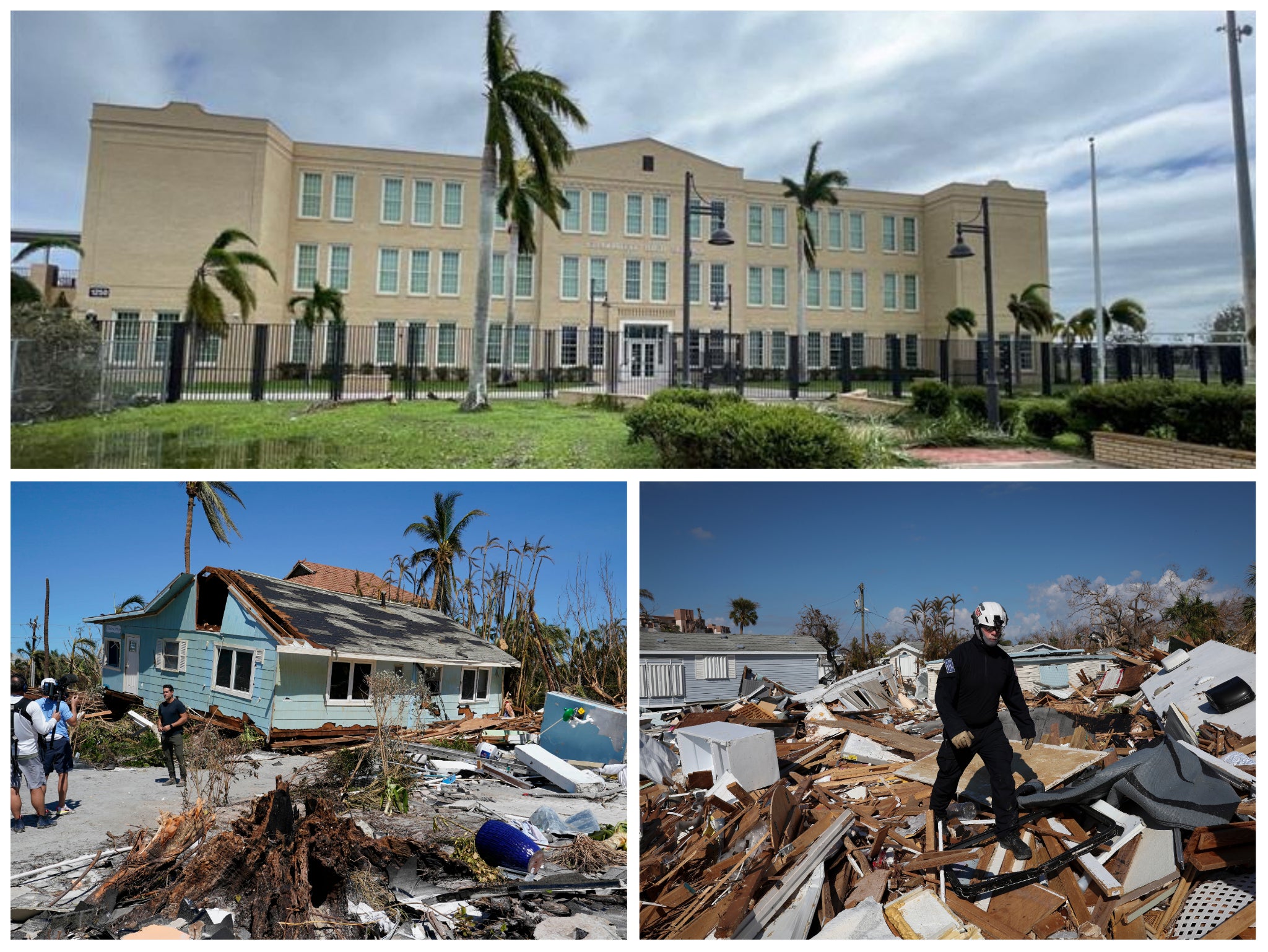
Your support helps us to tell the story
From reproductive rights to climate change to Big Tech, The Independent is on the ground when the story is developing. Whether it's investigating the financials of Elon Musk's pro-Trump PAC or producing our latest documentary, 'The A Word', which shines a light on the American women fighting for reproductive rights, we know how important it is to parse out the facts from the messaging.
At such a critical moment in US history, we need reporters on the ground. Your donation allows us to keep sending journalists to speak to both sides of the story.
The Independent is trusted by Americans across the entire political spectrum. And unlike many other quality news outlets, we choose not to lock Americans out of our reporting and analysis with paywalls. We believe quality journalism should be available to everyone, paid for by those who can afford it.
Your support makes all the difference.Hurricane Ian was one of the strongest storms to hit Florida in recorded history, roaring ashore last Wednesday with near-Category 5 winds strong enough to fell trees, destroy buildings and send coastal waters surging inland.
Cities across Florida faced the brunt of the storm, leaving more than 100 people dead and many communities facing months or years of rebuilding.
However, some towns were spared the worst — not because of the planning and preparedness of individual people, but because of long-term planning from experts and officials.
Even as climate-linked disasters like hurricanes grow stronger, these places can be examples of how communities can plan with an eye toward resiliency.
Building better buildings
Punta Gorda is located on Florida’s southwest coast, close to where Hurricane Ian made landfall with winds raging up to 150 miles per hour (241 kilometres per hour) and storm surge of at least twelve feet (3.7 metres).
For residents, it brought back memories of another devastating storm: Hurricane Charley, which hit southwest Florida in 2004 as a Category 4 and left more than a dozen people dead.
After Charley, some people in Punta Gorda rebuilt with their eye on the next major storm.
Many of the buildings in town, such as the local high school, were rebuilt under tougher building codes, updated in 2007, that help make sure the buildings are sturdy and closed off from the elements, reports the Washington Post.
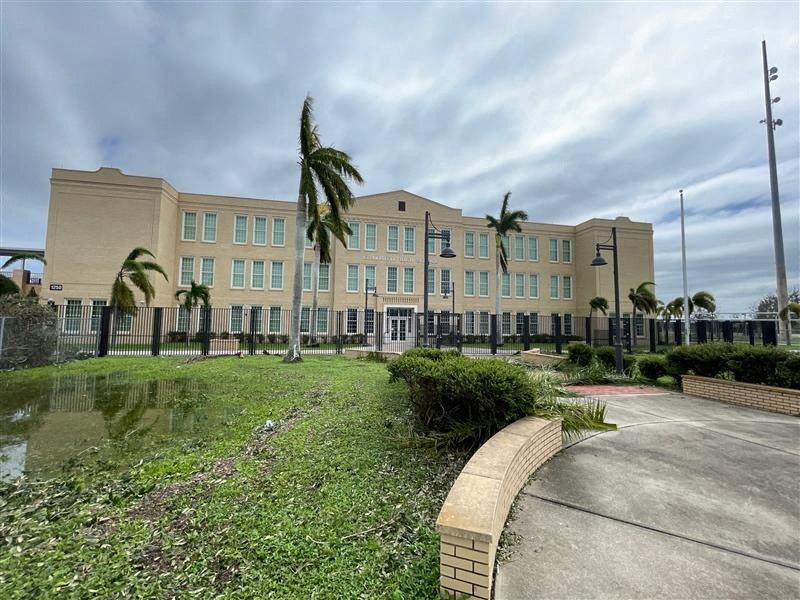
While Hurricane Ian did cause an immense amount of damage in some parts of Punta Gorda, many newer buildings seemed to avoid the worst of the storm.
“Everything with a 2007 code and beyond pretty much was fine,” Joe Schortz, a local construction business owner, told the paper. That includes the high school, which Reuters reports didn’t even break a window during the storm.
This relative success of newer buildings is evidence that building codes can work, Nicholas Rajkovich, an architecture professor at the University of Buffalo, told the Post.
Powering up from the sun
Nearly a week after Ian made landfall, more than 400,000 customers in Florida are still without power, according to poweroutage.us.
In Charlotte County, one of the hardest hit areas, more than 50 per cent of people are in the dark. But one Charlotte County community has kept the lights on continuously, thanks to solar panels.
The isolated town of Babcock Ranch, a little more than 10 miles from Fort Myers, is powered by solar panels on people’s roofs and in a massive solar farm, reports CNN.
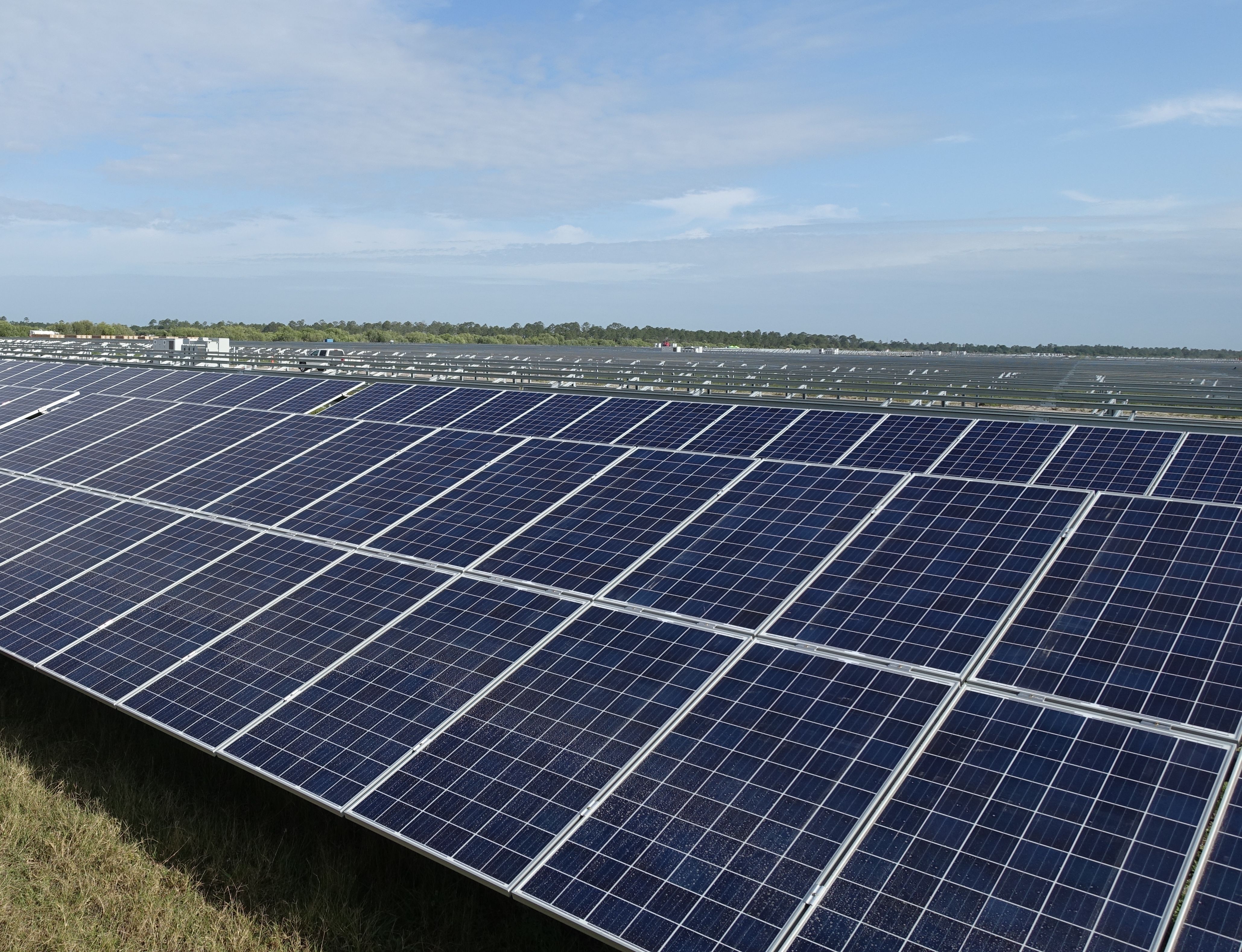
The town of about 2,000 households welcomed its first residents in 2018 as a community designed specifically with the climate crisis in mind, the network adds, from the solar panels that create electricity to streets that control floodwaters and buried power lines to avoid wind damage from storms.
Ian was one of the first really big storms to challenge that model, and Babcock Ranch seems to have passed the test. In addition to maintaining power during the storm, CBS News reports that very little in the community — other than some fallen trees and missing shingles — was seriously damaged.
Staying away from shore
Just as communities can build their infrastructure with hurricanes in mind, communities can also think about where to build with hurricanes in mind.
Some of the communities that faced the most damage, and now face the longest rebuilding process, were Fort Myers Beach and Sanibel. Both communities were right near the centre of the storm as it made landfall, but they’re both also “barrier islands”, the kind of long, thin islands that often line ocean shores.
These islands are usually low, flat and right along the beach, making them a desirable and scenic place to live. But these same features also make them extremely vulnerable to storms that come in from shore.
Sanibel Island has no road access to the mainland after last week’s storm destroyed the Sanibel Causeway bridge, the only road off the island. CNN quoted a local fire chief who says that “every” home on the island has some kind of damage, while alligators and snakes run around.
In Fort Myers Beach, photos show rows of homes destroyed and debris strewn everywhere.
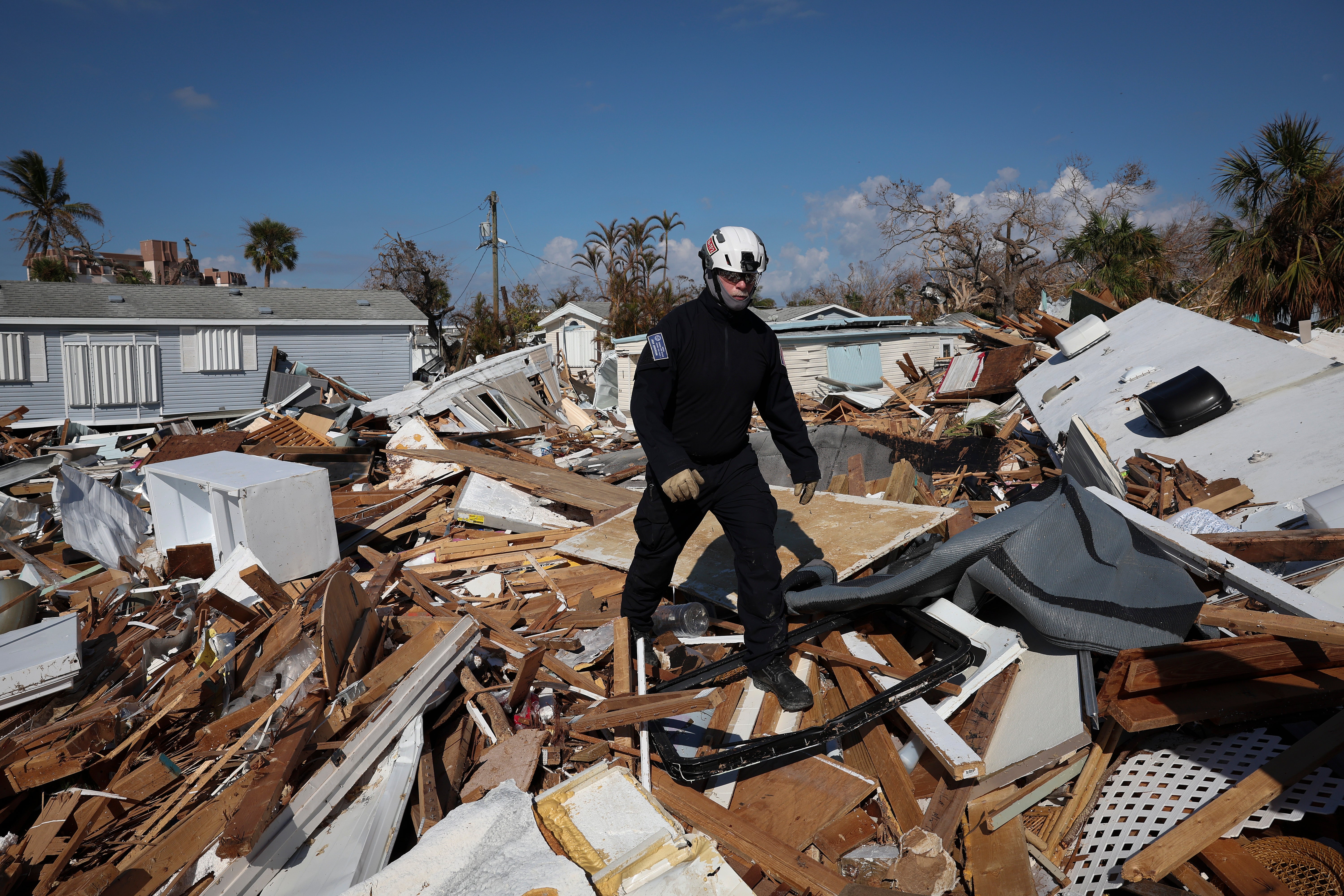
“This is a Hurricane Katrina-scale event, where you’re having to rebuild everything, including the infrastructure,” Jesse M Keenan, a real estate professor at Tulane University, told the Associated Press.
“We can’t build back everything to what it was — we can’t afford that.”
Barrier islands are dynamic landscapes even without a hurricane, shaped by the movement of waves and sand along the shore, and subject to heavy erosion. But when you add massive storm surges and hurricane-force winds to the mix, they can change drastically.
In the 1920s, a hurricane split Captiva Island, which sits right next to Sanibel, right in half, AP reports. In 2012, Hurricane Sandy split New Jersey’s barrier island of Mantoloking.
These islands are also the first pieces of land hurricanes hit when they make landfall, leaving residents exposed to the storms before they get a chance to weaken over land.
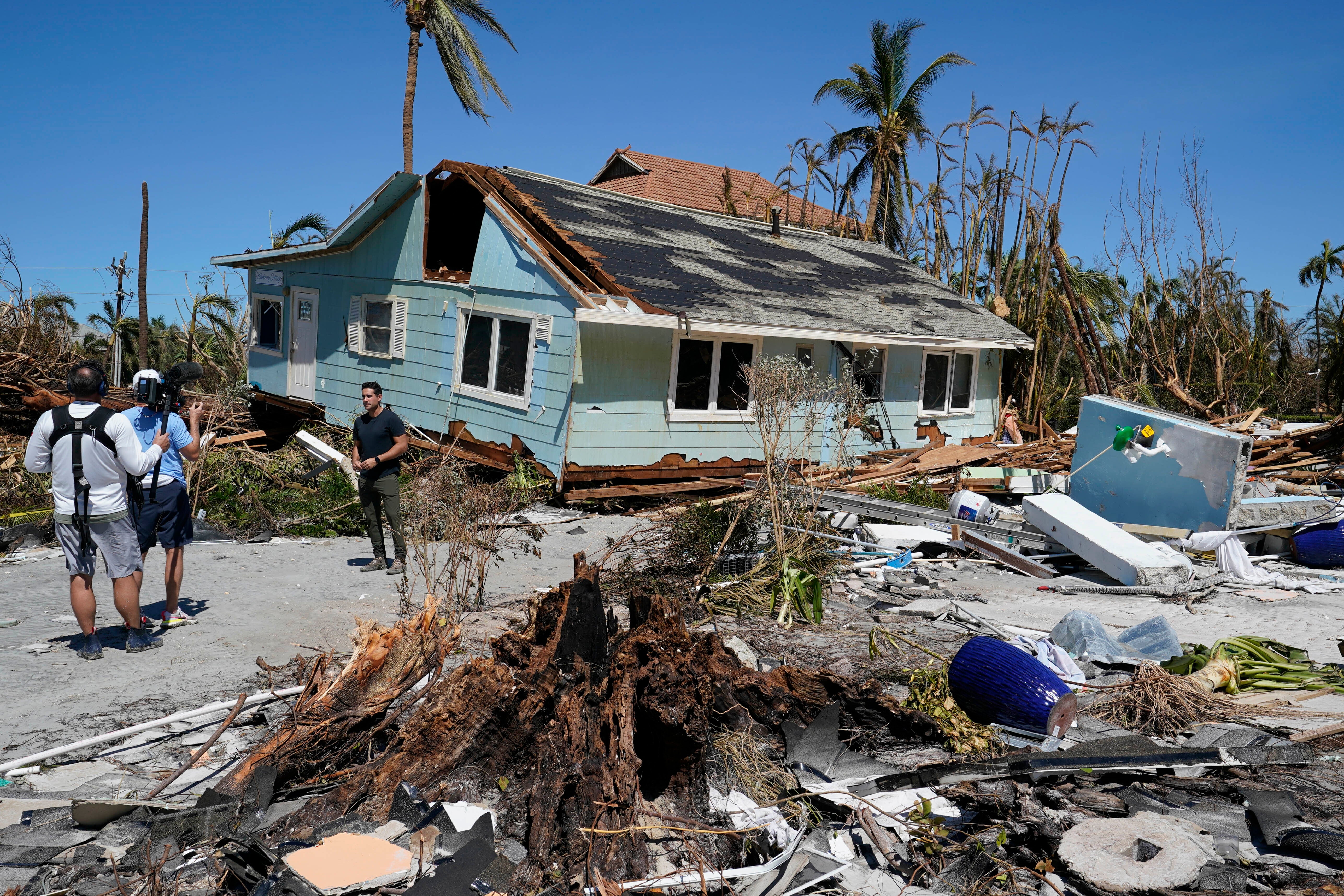
The climate crisis will subject barrier islands to more than just hurricanes. Low-lying barrier islands face an existential threat from sea level rise — putting homes (like some houses on North Carolina beaches that made headlines this year) at risk of falling into the ocean.
Barrier islands can be home to communities who’ve lived there for generations or beloved beach towns. Some experts are now questioning the relative costs and benefits of rebuilding these islands after major storms like Hurricane Ian, AP reports.
Yet as much as barrier islands face the brunt of dangerous storms, they also help protect areas along the mainland from floods and erosion by softening storm surges and waves, according to the National Oceanic and Atmospheric Administration (NOAA).
In addition, when left more uninhabited, these islands are important habitats for animals like sea turtles and shorebirds, the agency adds.



Join our commenting forum
Join thought-provoking conversations, follow other Independent readers and see their replies
Comments